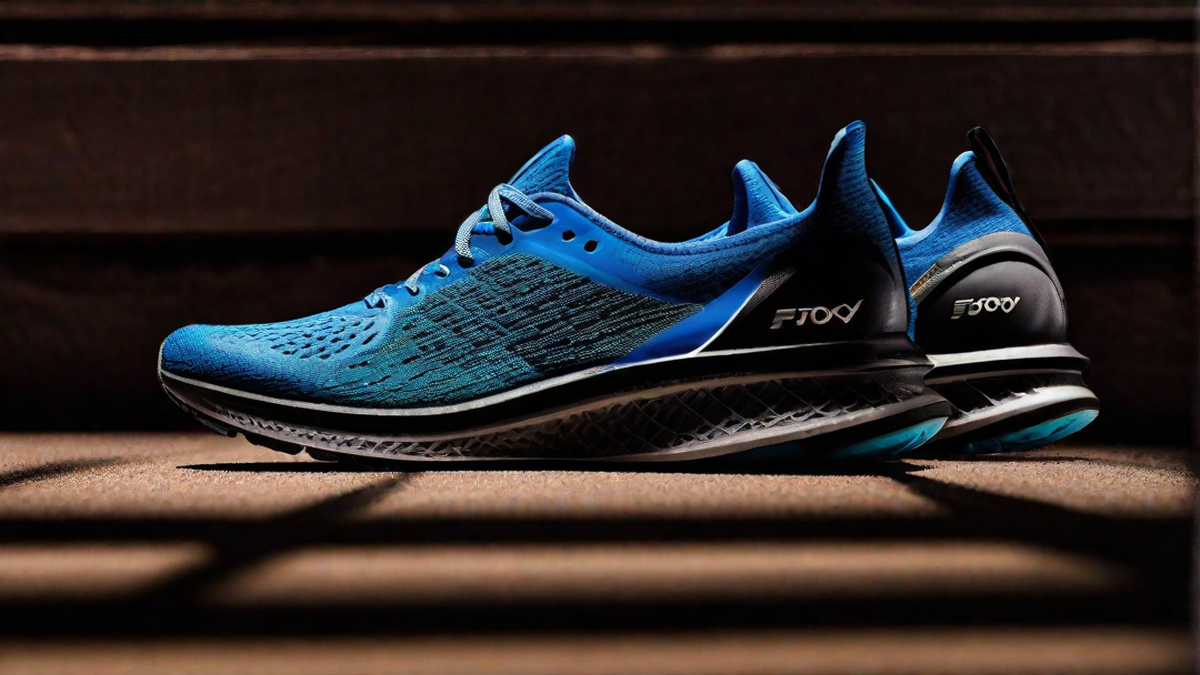When it comes to finding the best running shoe, the choices can be overwhelming. With so many brands, styles, and features to consider, it’s no wonder that runners can spend hours researching and debating which shoes are the best fit for their needs. As an avid runner myself, I understand the importance of finding the right shoe that not only provides comfort and support but also enhances performance. In this article, I will dive deep into the world of running shoes, exploring the different factors to consider and sharing my personal experiences and opinions along the way.
Choosing the Right Shoe
The first step in finding the best running shoe is to determine your specific needs and preferences. Are you a neutral runner or do you need stability or motion control? Do you have a high or low arch? These are important factors to consider as they will guide you towards the right type of shoe.
Personally, I have a neutral gait and a medium arch. This means that I can wear a wide range of shoes, but I prefer ones that offer a good balance of cushioning and responsiveness. It’s important to note that what works for me may not work for everyone, so it’s crucial to try on different shoes and see how they feel on your own feet.
Brands and Models
There are several well-known brands in the running shoe industry, each offering a variety of models with different features. Some popular brands include Nike, Adidas, Brooks, New Balance, and Saucony, among others. While these brands have their own unique selling points, there’s no one-size-fits-all answer to which brand is the best. It ultimately comes down to personal preference and what feels most comfortable on your feet.
In my experience, I’ve found that Nike shoes tend to offer a good balance of comfort and performance. Their Flyknit technology provides a snug and supportive fit, while their React and Zoom cushioning systems deliver a responsive and energizing ride. However, I know many runners who swear by other brands, so it’s important to keep an open mind and explore different options.
Features to Consider
When choosing a running shoe, there are several key features to consider. These include cushioning, stability, flexibility, weight, and durability.
Cushioning is essential for absorbing impact and providing comfort during long runs. Some shoes have plush cushioning for a soft and pillowy feel, while others have firmer cushioning for a more responsive ride. It’s important to find a balance that works for you and your running style.
Stability is crucial for those who overpronate or have a tendency for their foot to roll inward excessively. Shoes with stability features, such as medial posts or firmer midsoles, can help correct this issue and provide a more stable and efficient stride.
Flexibility is another important factor to consider. A shoe that allows for natural foot movement can enhance comfort and reduce the risk of injury. Look for shoes with flexible outsoles and breathable uppers.
Weight is a personal preference, with some runners preferring lightweight shoes for a faster feel, while others prioritize durability and support over weight.
Speaking of durability, it’s important to choose a shoe that will withstand the wear and tear of regular running. Look for shoes with durable outsoles and reinforced uppers to ensure longevity.
My Personal Favorite
After trying out various models from different brands, my personal favorite running shoe is the Nike Pegasus. This shoe offers the perfect balance of cushioning, responsiveness, and durability for my needs. The Flyknit upper provides a snug and supportive fit, while the Zoom cushioning system delivers a responsive and energetic ride. The Pegasus is versatile enough to handle both short and long-distance runs, making it my go-to choice for all types of training.
Conclusion
Choosing the best running shoe is a highly personal decision that depends on individual factors such as running style, foot shape, and personal preference. While there is no definitive answer as to which shoe is the absolute best, by considering factors such as cushioning, stability, flexibility, weight, and durability, you can find the shoe that works best for you. Remember to try on different models and brands, and most importantly, listen to your body’s feedback. Happy running!

